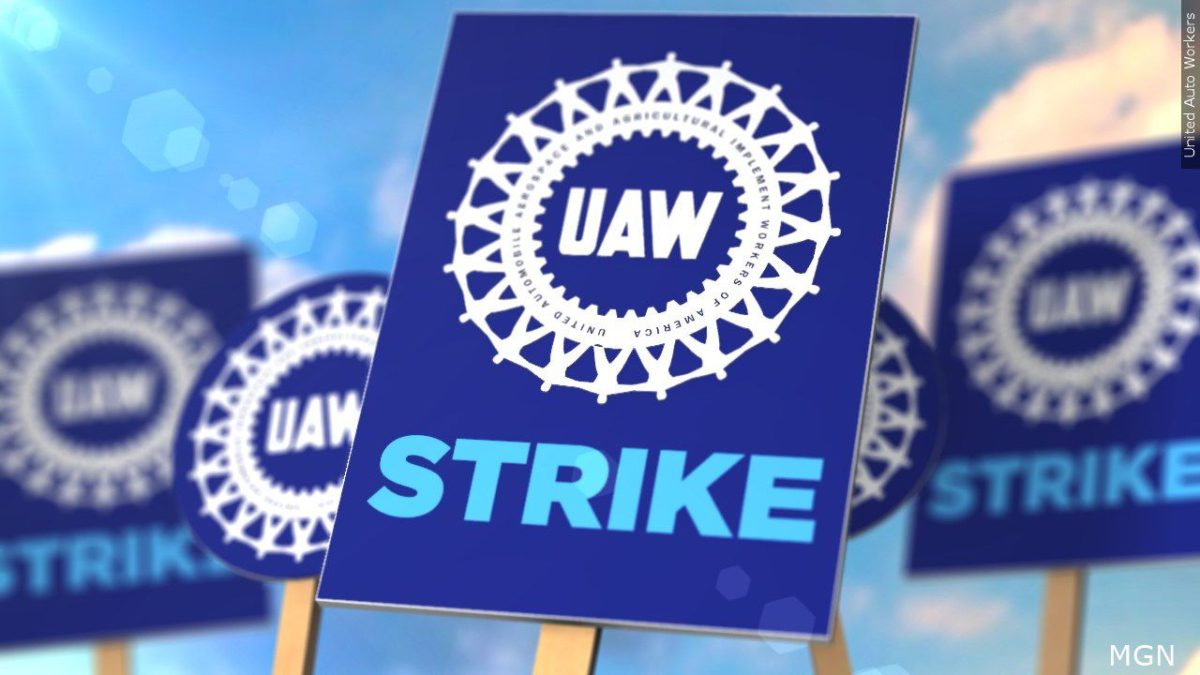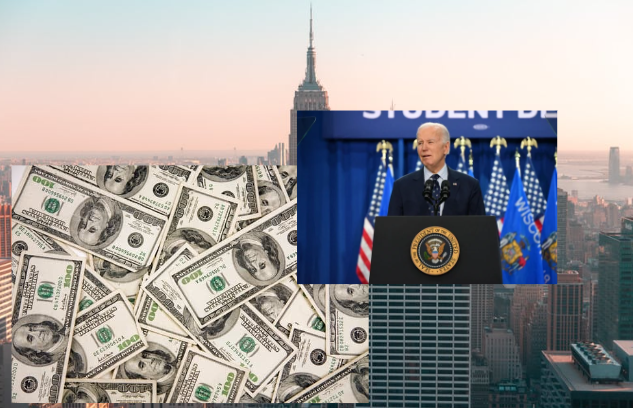On Sept. 15, the United Auto Workers launched a strike against the three most powerful automobile manufacturers in the nation, General Motors, Ford, and Stellantis, marking the first time in history that action had been directed toward all three major automakers simultaneously.
The walkout began after worker contracts expired on Sept. 14 at 11:59 p.m., and the administrative companies failed to reach agreements expressed by their employees. Since then, key negotiation points have included wage increases, with the union demanding a 46% pay increase over a proposed four-year contract, and the shortening of the workweek length from 40 hours to 32 hours, while maintaining the same pay rate.
Autos teacher and Autos Club sponsor David Andrejek analyzed the primary causes of the strike, which he argues have threatened to overstep the boundaries of what constitutes a reasonable negotiation.
“Humans are motivated by self-interest,” Andrejek said. “Everyone wants better. The cost per hour to Tesla is $45 an hour. The cost per hour to Toyota is $55 per hour. Meanwhile, the cost per hour of the Big Three [General Motors, Ford, and Stellantis], the United Auto Worker companies, is $65 an hour. So they’re already getting paid more than the other automakers. That, right off the bat, puts them in a weaker position to negotiate.”
Economists have warned that although the U.S. has yet to experience any significant economic struggles as a result of the strike, a prolonged period of no negotiation could result in damage to the nation’s GDP and possibly instigate another recession as a result of heavy financial losses and disruptions in supply chains. Meanwhile, in response to a lack of successful negotiation, Ford and General Motors made the executive decision to lay off over 500 employees, with an unnamed GM spokesperson stating that the discharged employees are not expected to return to their respective companies until after the strike has been resolved.
The automotive industry is constantly changing, constantly striking because of the economy, to push for a better future. Unfortunately, these strikes are postponing their plans to make the future a more efficient place.
— junior Neo Balogo, Autos Club member
Autos Club member and junior Neo Balogo warned that the economic setbacks the nation suffered as a result of the Covid-19 pandemic have heavily contributed to auto workers’ current state of dissatisfaction over working conditions and, more significantly, the wages they are paid.
“[The strikers] were complaining that, because of Covid, not a lot of people were buying automobiles,” Balogo said. “The same thing happened with the airlines, as nobody wanted to fly because of safety concerns. That meant that car companies’ economies dropped because their sales weren’t going as well. [The workers] being laid off hurts the economy because they are the ones manufacturing more cars.”
In addition to its significant impact on the economy, the ongoing United Auto Workers strike has also instigated a heavy political divide. Both President Joe Biden and former President Donald Trump made personal visits to the picket lines to express solidarity with striking workers.
“Trump is a wildcard, he always does things that are very unexpected,” Andrejek said. “Ultimately, those unexpected things are things that suit him well. He, as a Republican, went [to the United Auto Workers strike] to show support for the union. Unions generally do not support Republicans, they tend to support Democrats, which is what Joe Biden is. This is way outside of the scope of what the union is negotiating for. It’s the politics that is now happening because of this.”
“The automotive industry is constantly changing, constantly striking because of the economy, to push for a better future,” Balogo said. “Unfortunately, these strikes are postponing their plans to make the future a more efficient place. That’s why I assume that [the strike] will only last a month because if it went on longer than that, then [the workers] wouldn’t really be accomplishing anything.”
Meanwhile, the future of the automobile industry continues to remain in limbo as little progress has been made after a period of stalemate. Almost 30 percent of automobile workers surveyed by an interest trade group have been laid off, and nearly 60 percent more are expected to suffer the same fate by mid-October if firmer negotiations are not established.










Cynthia Fey • Oct 10, 2023 at 10:13 am
Respectfully, I belive that we should be comparing auto company management pay to that of workers, instead of worker vs. worker. From Detroit newspapers: “Ford CEO Jim Farley earned $21 million in total compensation last year. Stellantis CEO Carlos Tavares made $24.8. And GM CEO Mary Barra earned nearly $29 million in 2022 pay, Automotive News reported.” The pay of CEOs has risen 40% while they offer their workforce raises of only 28%.